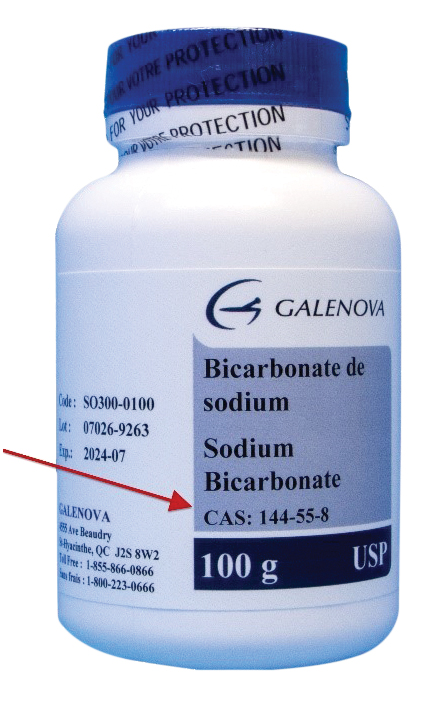By: Tracy Gallina, R.Ph., Clinical Director, HealthPRO Procurement Services Inc.
The death of a young child due to a compounding error made by a pharmacy in 2016 is a reminder that although a fundamental part of pharmacy practice, compounding is also a high-risk process.

The National Association of Pharmacy Regulatory Authorities (NAPRA) Model Standards for Pharmacy Compounding of Non-Sterile Preparations include verifying the identity of all ingredients as an important step before preparing a compound, and the Institute for Safe Medication Practices (ISMP) Canada recommends that each ingredient in compounding formulas should have a unique identification number. The availability of unique identifiers such as the Drug Identification Number (DIN) or Natural Product Number (NPN) helps accurately identify many ingredients. However, Active Pharmaceutical Ingredients (APIs) or bulk chemicals used in compounding do not have these identifiers.
Verifying an API’s identity can be challenging because synonyms exist for many chemical compounds, and they can be described in multiple different ways. The Chemical Abstracts Services (CAS) Registry Number® (CAS RN®), displayed on many chemical product labels distributed in Canada, is specific to only one substance. Because the CAS RN® is a unique, unmistakable and internationally recognized numeric identifier for chemical substances, similar to the DIN for drugs or NPN for licensed natural products, it can be added to a compounding worksheet as the secondary check to help prevent adverse medication events.
The CAS RN® can also be used to help select the right product during the purchasing process.
Pharmacy staff should be aware that the CAS RN® does not identify the pharmaceutical grade of a product, nor does it identify the manufacturer. Still, it is a tool that makes the identification of chemicals easier.













